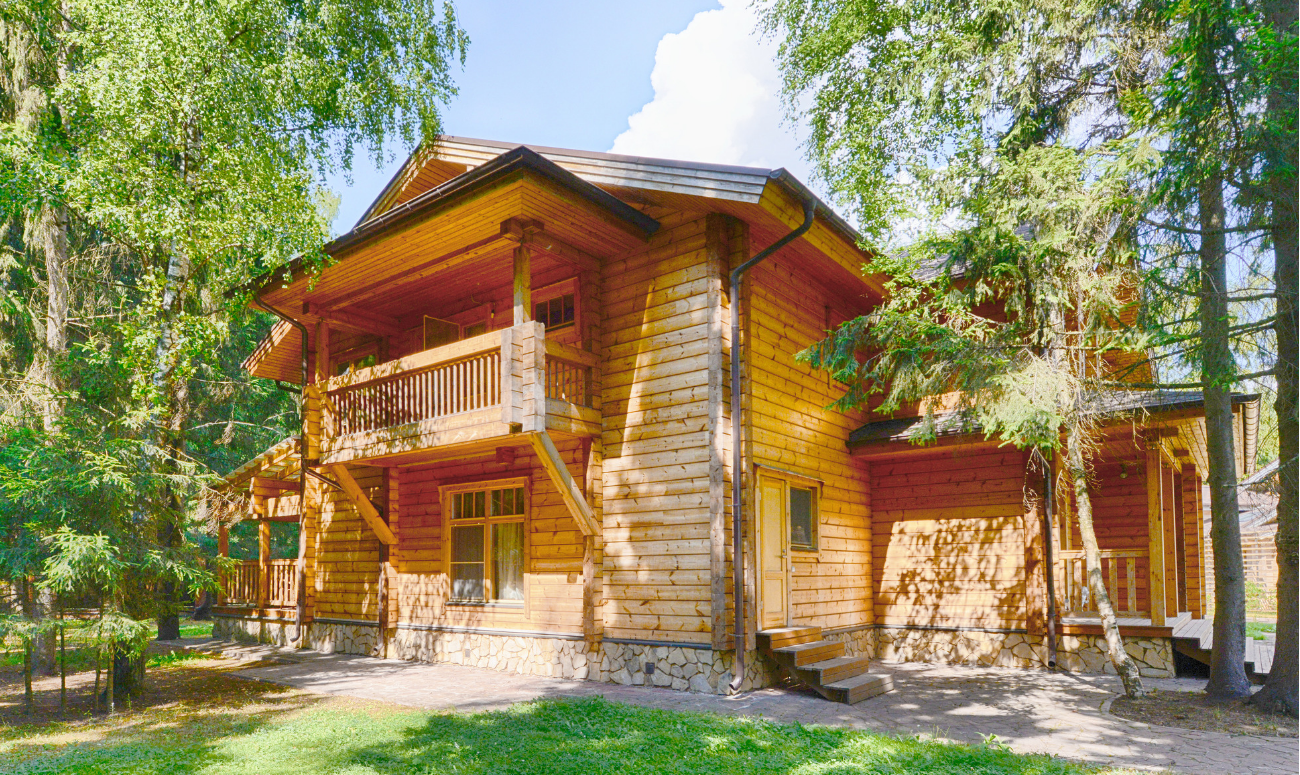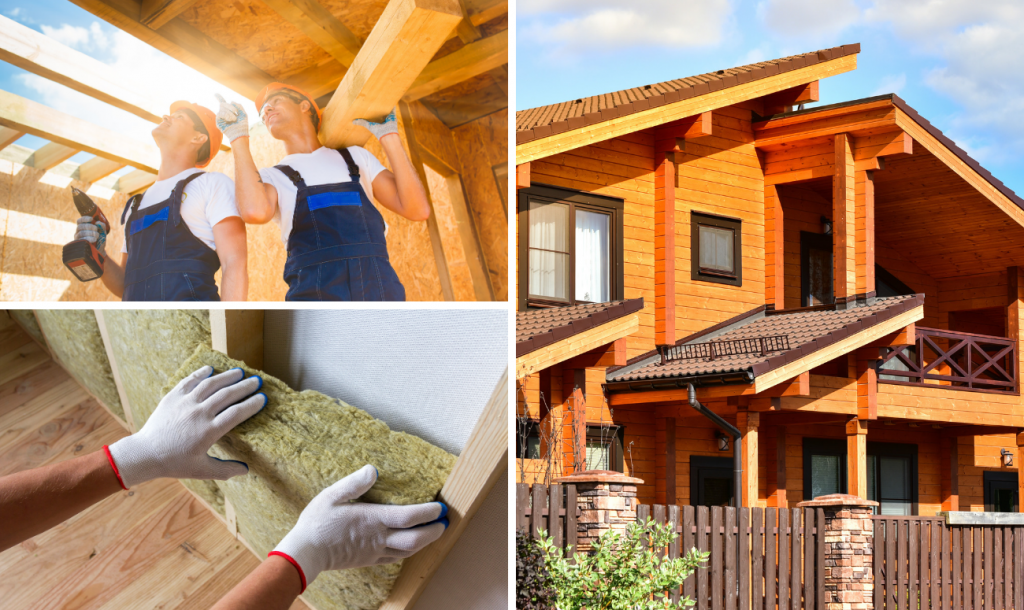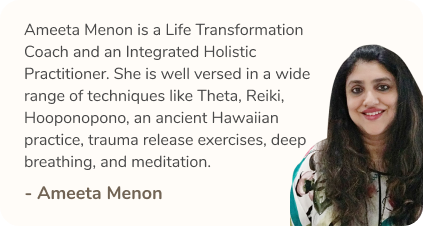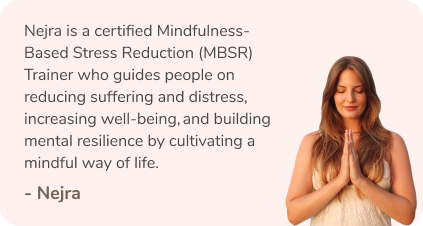In an attempt to expand their territory, mankind has since ages been destroying the planet’s resources. Areas which were once lush green forests are now being replaced by concrete jungles. To save the planet from further devastation, Dhruvang Hingmire and Priyanka Gunjikar, both architects by profession, started ‘Building in Mud’. They have been concentrating on cement-free buildings using sustainable construction methods and resources.
What is cement-free construction?
Cement-free construction refers to the method of construction that uses very little to no cement. This type of construction discourages the use of steel bars or even the plastering of walls. The consumption of resources and costs of construction are therefore reduced. According to Hingmire, this can help individuals save almost 20% of building costs.
This duo, conducts site recces to study the indigenous architecture of a location. Keeping in mind the places culture and the resources they proceed to design a structure in accordance with the “way of the land”. Mostly, these buildings usually use lime, mud, wood and stones, and at times even sun-dried bricks.

Benefits of sustainable construction:
Sustainable construction has substantial environmental benefits. Whenever such a structure built of sustainable construction is demolished, all materials from that building are not only eco-friendly but also reusable. Lime is of great significance for sustainable construction. Other than being completely recyclable, it possesses a high thermal insulation value. It traps heat during the summers and releases it during winters. It also traps the heat during the day and releases it at night. This allows the house to breathe, so much so, that most of the time, there is no requirement of air conditioners, and very seldom do people need to use fans.
They also use a lot of wood which helps resist in lateral loads like earthquakes and high winds.
Favourable economics:
Where most of any construction budget is consumed by cement and steel, mud proves to be cheaper. This mud is tested for strength and necessary components are added for a suitable composition. Natural resources make sense only if they are from the local areas, otherwise, the building isn’t local anymore. It has to be natural with minimal processing.
At the end of the day what one sees, is a stunning, yet sustainable home, which provided employment opportunities to the local talent, thereby, bringing about the betterment of society and the village communities.
Read More: MEDITATE TO FIND PEACE WITHIN YOUR SOUL!































